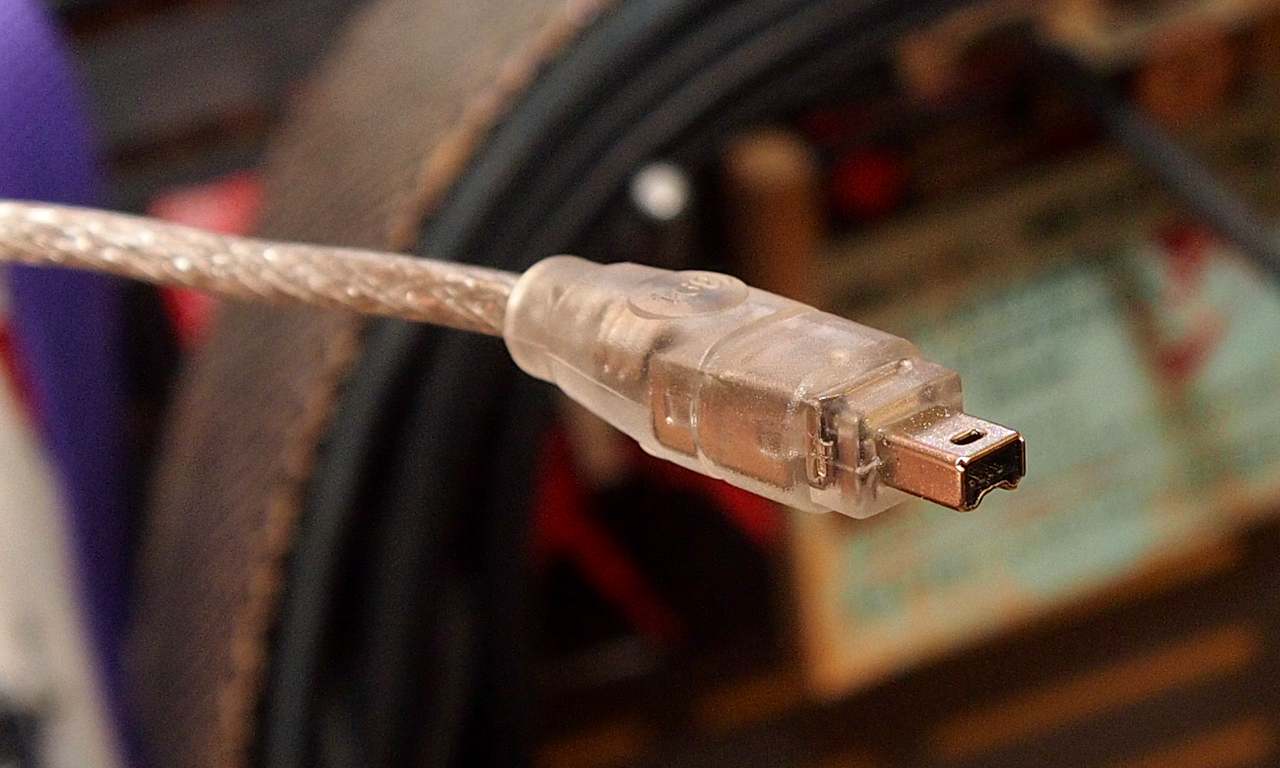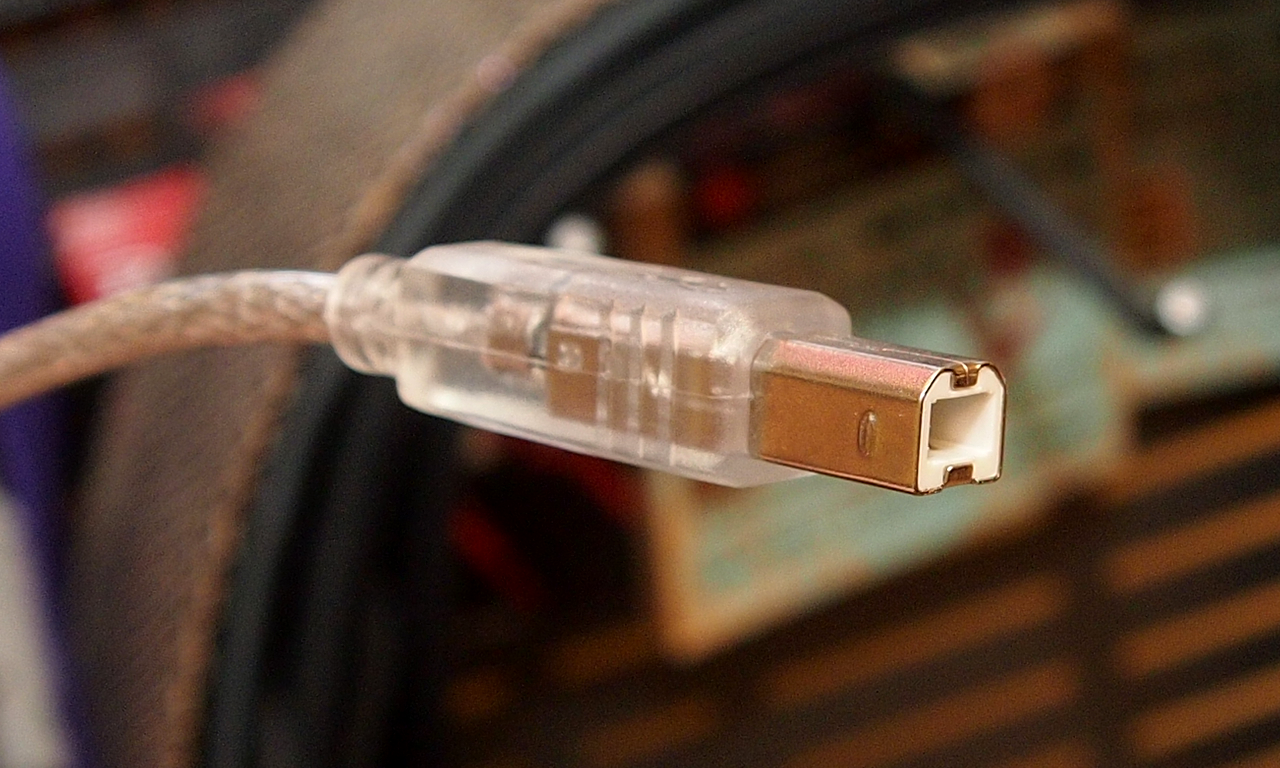Articles
Firewire vs USB
I have used both USB and Firewire interfaces for some time now and below you can see a short comparison of both technologies.
Back to topFirewire (IEEE 1394)


Firewire 400 6-PIN (left) and Firewire 400 4-PIN (right) connectors

Firewire 800 9-PIN connector
Firewire streams data in both directions at the same time, which USB can't do. Thanks to this it performs better and goes lower with latencies.
Audio interface round trip latency database
Firewire interfaces require supported Firewire controllers to work.
Desktop PCs can be upgraded with such controllers through additional PCI or PCIe cards. You can add Firewire to some notebooks through PCMCIA oraz Express Card controllers. Some, because not every notebook has a PCMCIA or an Express Card slot.


Digitus Firewire 800 PCIe (left) and 4WORLD Firewire 400 PCI (right) adapters
Firewire interfaces use mostly 6-PIN sockets. Firewire controllers come with 4, 6 and 9-PIN ones. Bus powering is not possible with the 4-PIN socket. The 9-PIN socket is a Firewire 800, which is compatible with Firewire 400 and you can buy 6P-9P cables.
There are Firewire interfaces which you can connect with each other to add inputs and outputs, this is called daisy-chaining. Not all Firewire devices support this feature.
Problems with Firewire?
Firewire can cause some problems, but from my experience it seems that all it really takes for it to work is a supported controller and a decent quality cable. Poor quality cable makes the interface work at random. There should be a list of supported firewire chipsets for your audio interface on the manufacturer's webpage. It doesn't necessarily have to be a Texas Instruments chipset, you can probably go with a VIA based controllers.
PROS
CONS
Back to topUSB


USB Type A (left) and USB Type B (right) connectors
USB interfaces are more common because most computers are equipped with USB ports. They don't go as low with latency as Firewire interfaces and they put more strain on your CPU. On the other hand you can plug them and unplug them at anytime without any risks.
Audio interface round trip latency database
Latency doesn't matter when you're using a guitar effects processor with its DSP that's connected to your PC through USB, because it does all sound processing and the USB connection is used for purposes of recording, playback and perhaps tone editing. This is the case with Line 6 POD XT, POD X3, POD HD, Avid Eleven rack...
Latency does matter when you're going to play through plug-ins with your guitar connected straight into the interface - read Recording Through Plug-ins.
It's a different story with Line 6 POD Studio interfaces - Line 6 POD Studio Interfaces and ToneDirect Monitoring
PROS
CONS
Back to topHow to Choose
If you prefer to be mobile with your interface and you monitor directly, you'll be happy with an USB interface. If you're looking for an easy solution for recording guitars perhaps you should consider choosing a Line 6 POD Studio interface, which offers low latency monitoring through POD Farm application. USB also works well in guitar effects processors, such as POD HD or Eleven Rack. You'll probably choose Firewire for lowest possible latencies, less CPU strain and the possibility of daisy-chaining.
How to choose an audio interface for recording guitars
Back to topFurther reading
The Pros and Cons of FireWire vs USB on support.presonus.com
Related articles:
- How to choose an audio interface for recording guitars
- Audio interface round trip latency database
- The lowest round trip latency audio interface for PC








